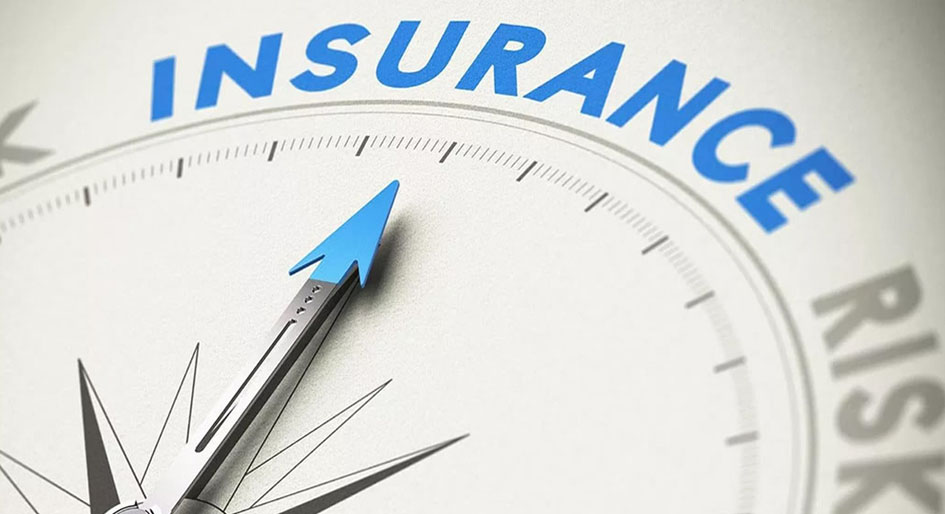As COVID-19 restrictions slowly lift across the country, construction and design professionals have a very different working environment and associate set of project risks to navigate. New safety measures will need to be put in place on construction sites to allow construction workers to return to work safely, with changes varying from a simple retrofit to major reworks.
Many of the changes required will be behavioural, for example the adoption of one-way movement through project sites, regular use of hand sanitizer or the adoption of social distancing protocols in shared spaces. However, implementation of physical and environmental changes may affect the contractual relationships between construction professionals (the design and build contractor or consultant) and their employers (generally the owner or tenant).
Additionally, COVID-19 could impact project timelines, and delays may result that are beyond the control of construction and design professionals. In this case, professionals must consider incorporating a strict force majeure provision in their agreements and keep detailed documentation on the status of a project – especially if it is suspended – which could help in the event of a claim down the line.
Many buildings currently under construction are likely to require modification as a result of COVID-19. In this climate, variations on contracts are almost inevitable and cost disputes likely as harsh economic conditions put stress on the bottom line.
Areas of contention are likely to center around the adequacy and flexibility of the construction professional’s original planning and the programming and flexibility of design and layout. For example, a contractor may have designed an office with a particular capacity of workers in mind, but this may have to change to ensure health and safety measures can be met.
Assumptions have been made regarding a certain flow of people for access, air filter specifications, a specified number of open plan workstations, meeting rooms and other shared spaces such as cafes, reception areas or cloakrooms. These original anticipated capacities and plans may have changed due to COVID-19, which could result in claims for variations, creating a potential need to raise fees, re-configure materials requirements and delay payments. Given the novelty of the virus and the ever-changing environment, whether such claims would be considered to have merit would be closely scrutinized by contractors and professional liability insurers alike, but the potential for them to arise should not be ignored.
Discipline
Under the pressure of adjusting to the complexity of COVID-19, positions are likely to remain fluid for some time, particularly as new waves of government regulation are phased in, requiring flexible responses. As construction work permissions in Canada vary by province and the type of work, COVID-19 may impact many project timelines. While a high level of change is inevitable, there will be a need for real discipline in terms of project management.
Everything should be documented – all client change requests, design professional responses and their subsequent impact on cost and schedule should be clearly spelled out. On large, complex, multi-dimensional projects, contractors will need to take the lead in ensuring subcontractors are on the same page.
Perhaps surprisingly, verbal agreements for design changes are frequently assumed to be enough; however, there are increased risks of costly disputes down the line if not also recorded in writing. These practices are all the more necessary in a deteriorating economic environment, which tends to drive up the frequency of reported claims.
Against this backdrop, contractors will need to be alert to possible signs of employers experiencing financial distress, for example delays on bill payments, changes in levels of authority, budget restrictions or disappointing financial results.
For the moment, the flow of claims we have recorded has not been out of the ordinary in 2020, but it is important to note that it is still relatively early.
As we look ahead, the picture is finely balanced. The economy and the construction sector are under stress but there are reasons for optimism. It is recommended to take time to evaluate projects and timelines. With risk management procedures in place it allows everyone to stay on track when assessing projects, clients and contract terms, before jumping ahead on work.
Nancy Brady is underwriter, A&E and construction at Beazley Insurance.









